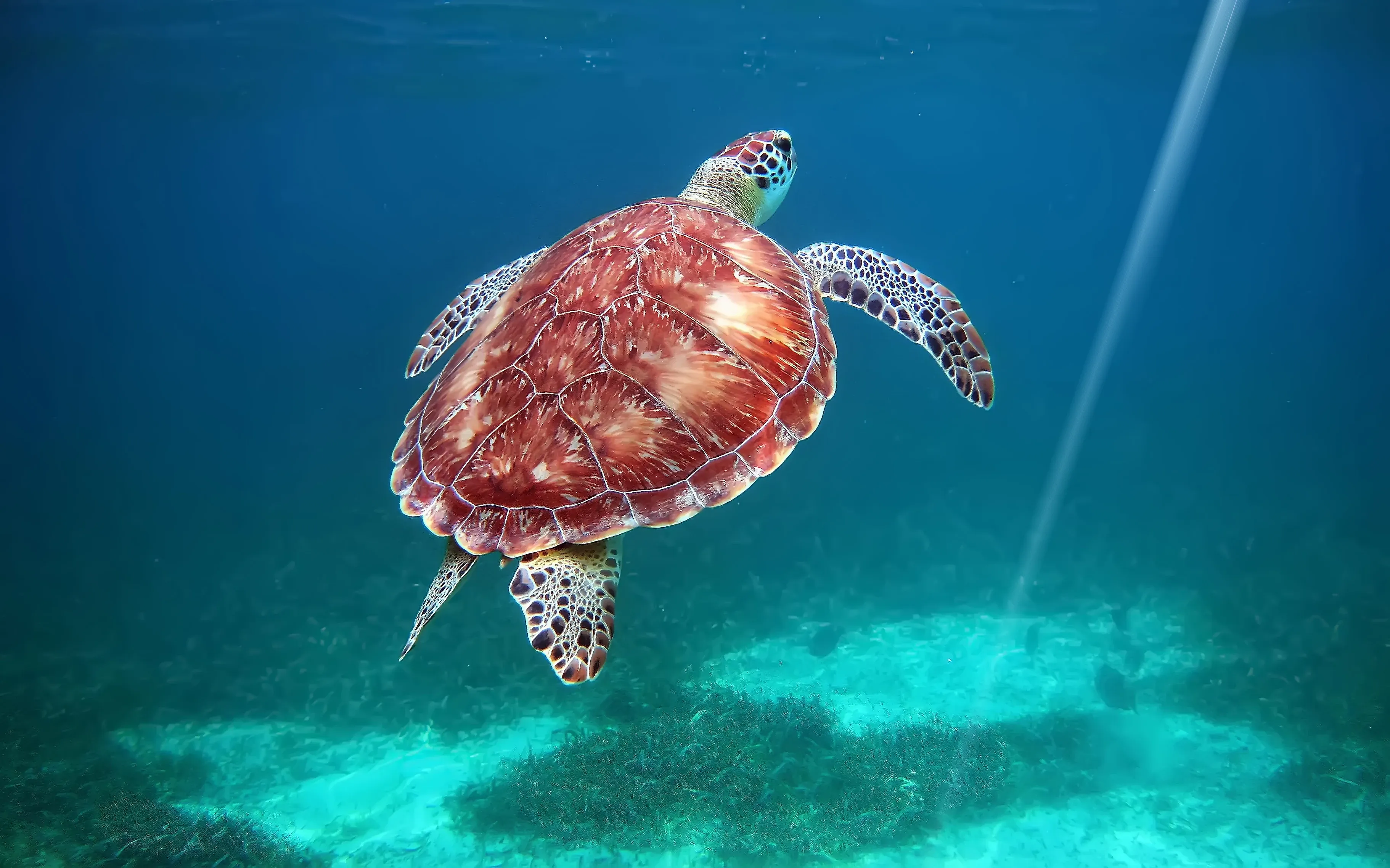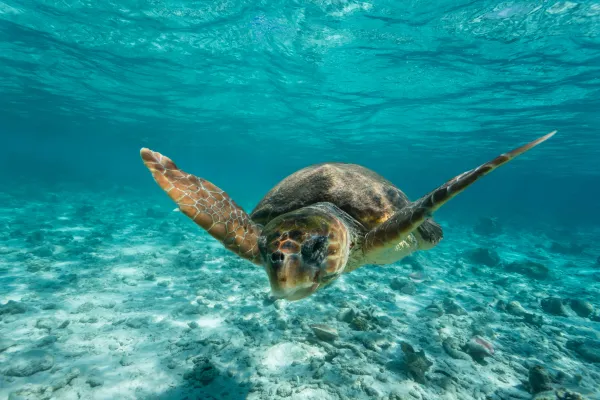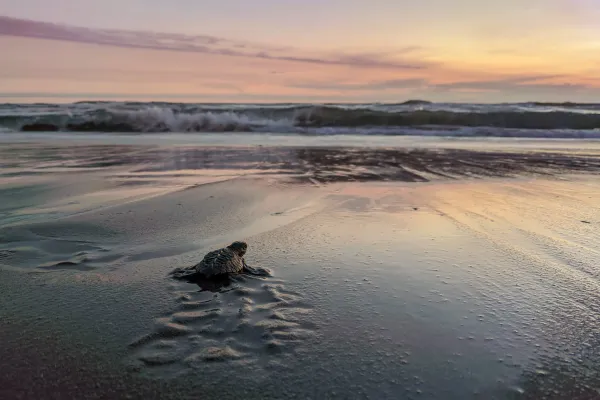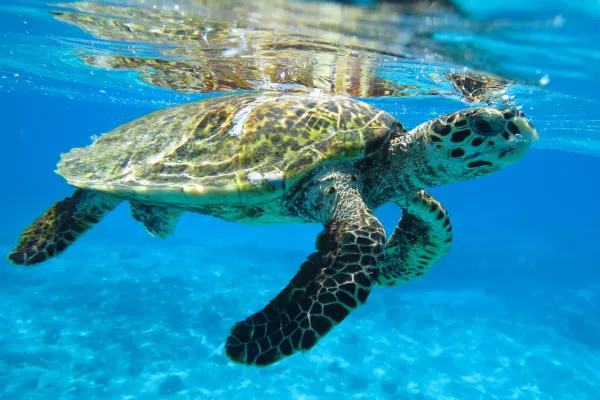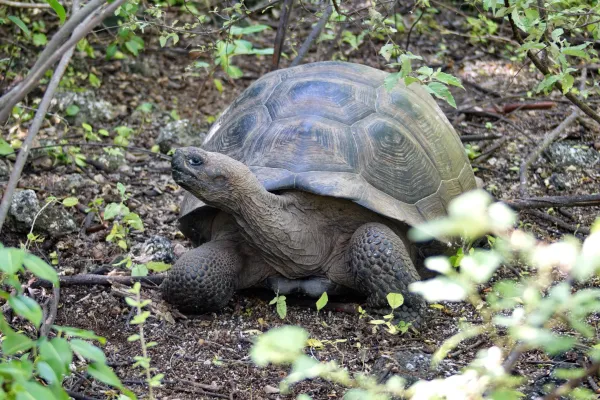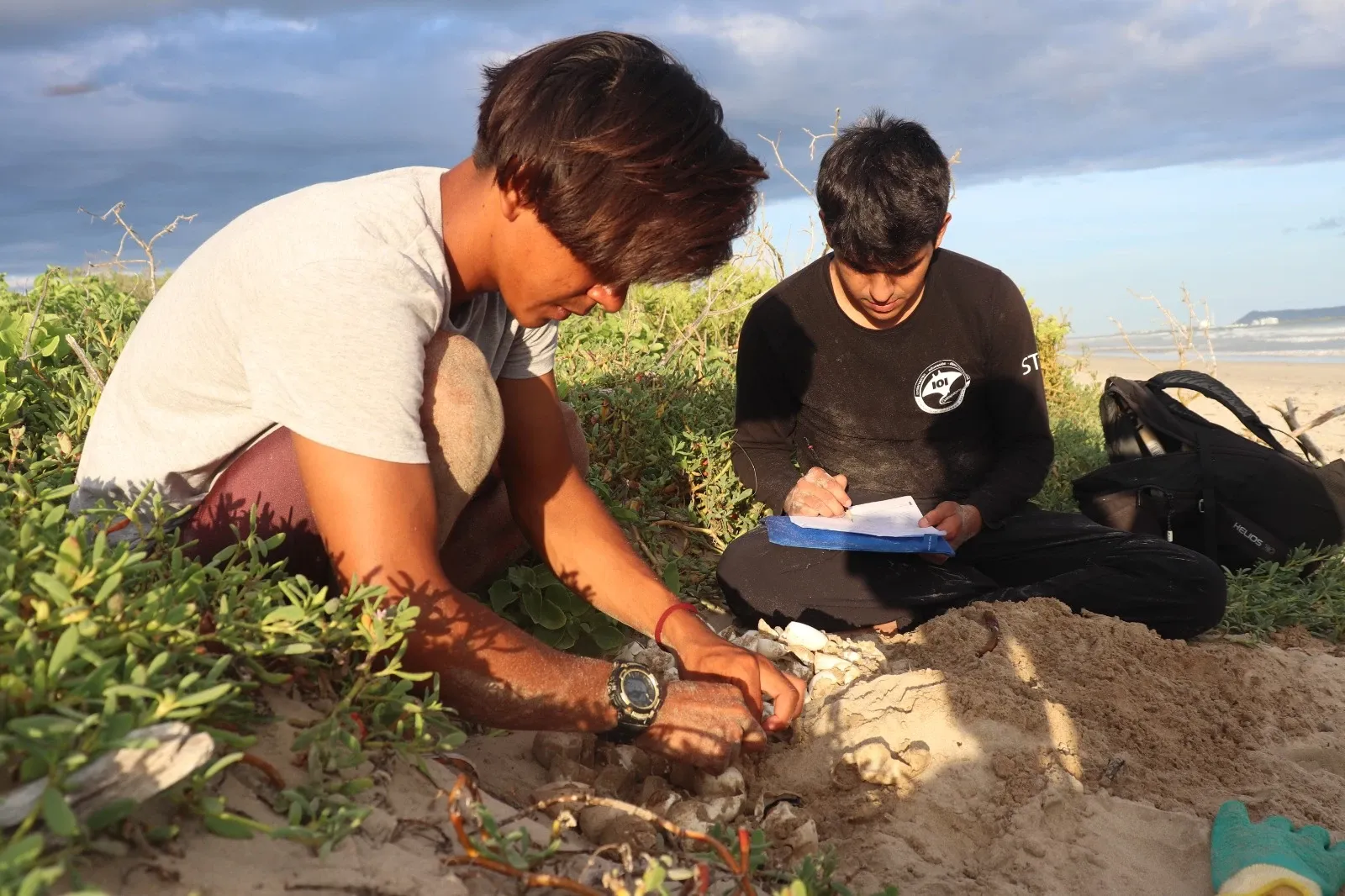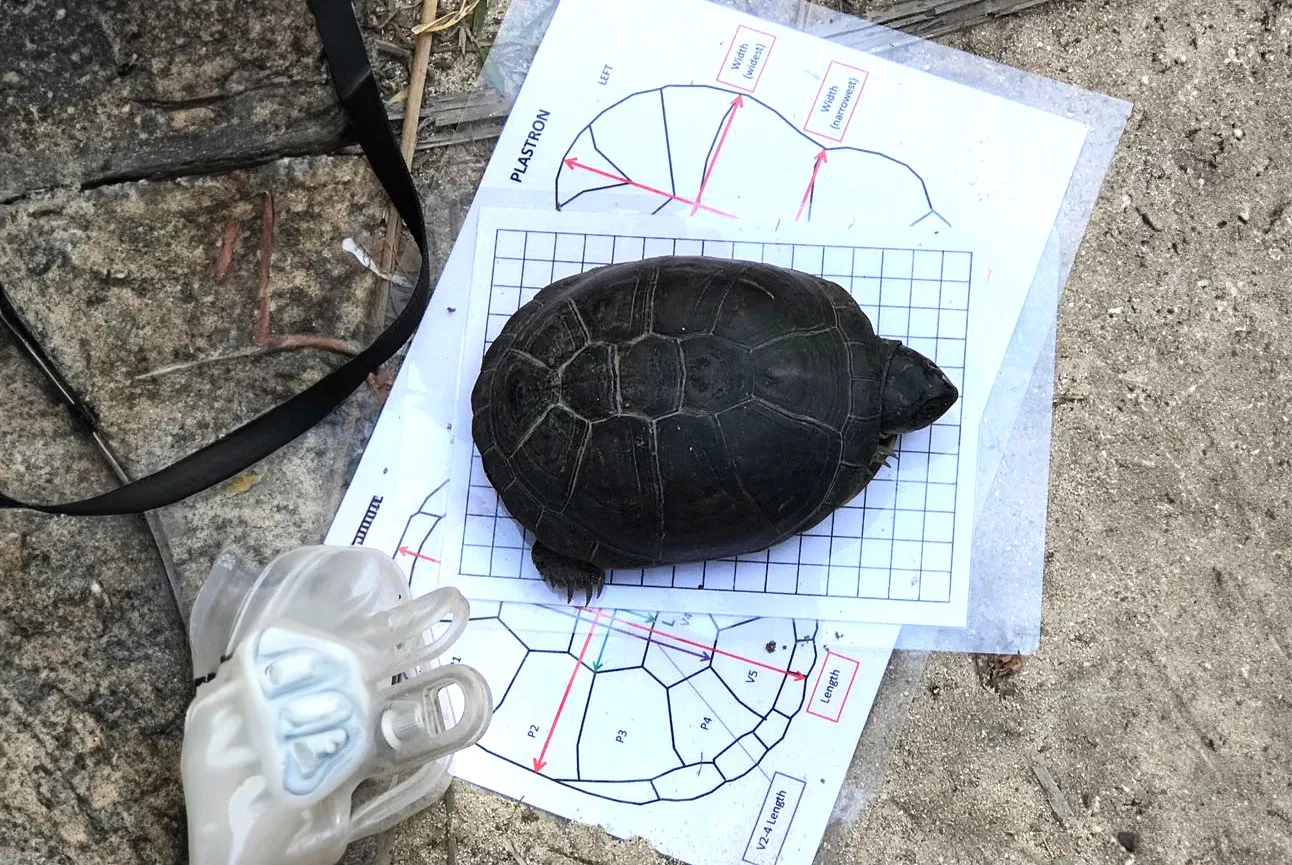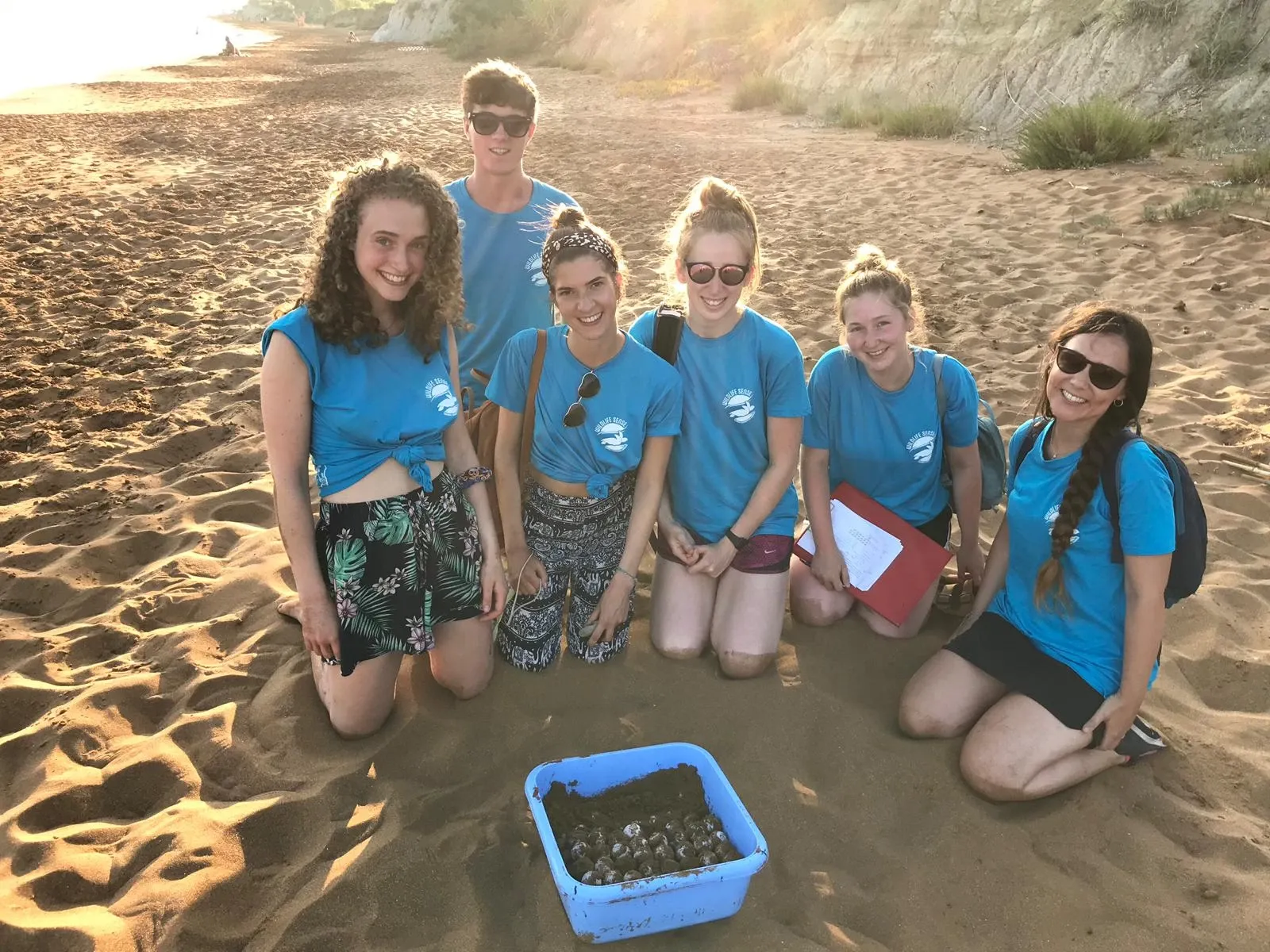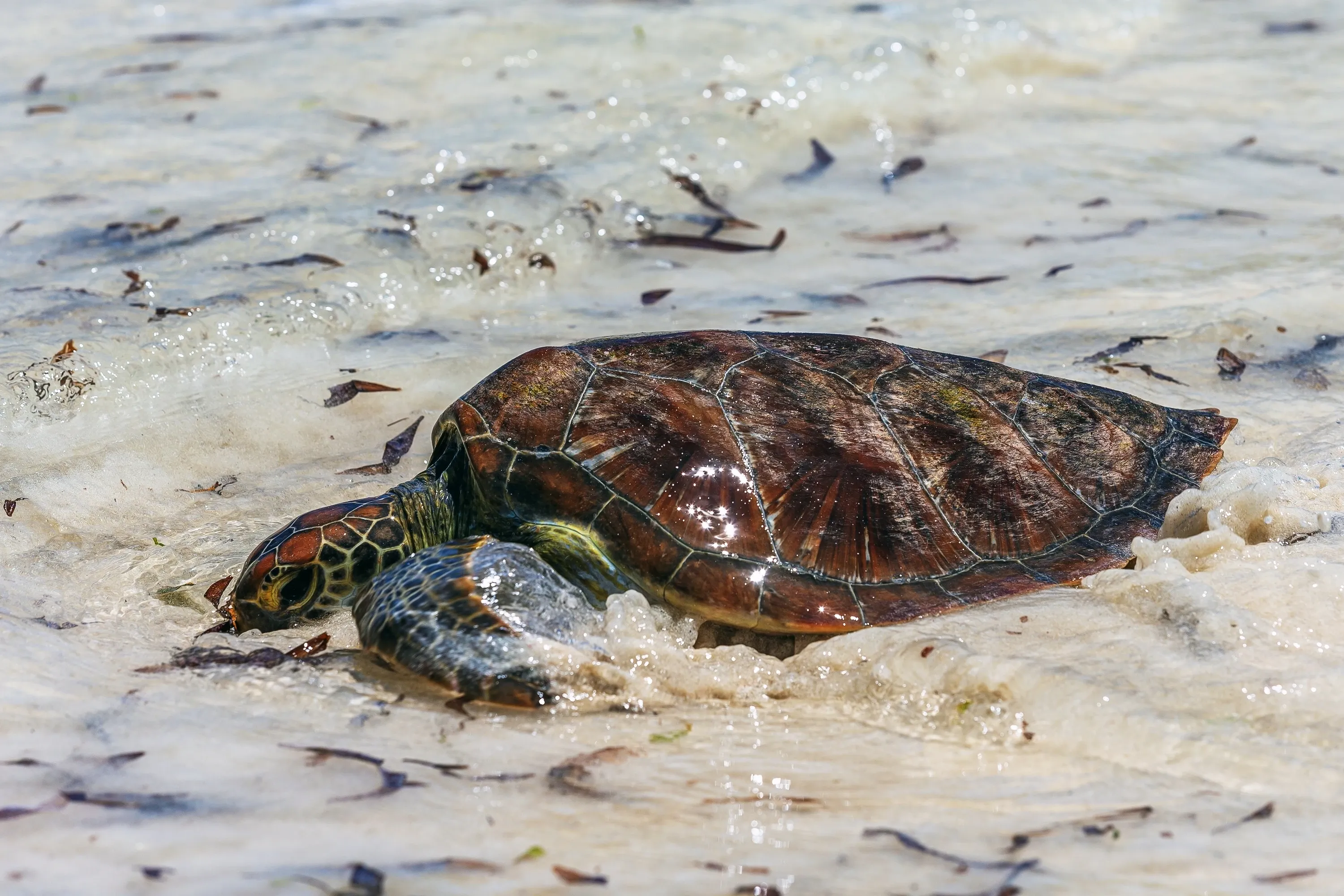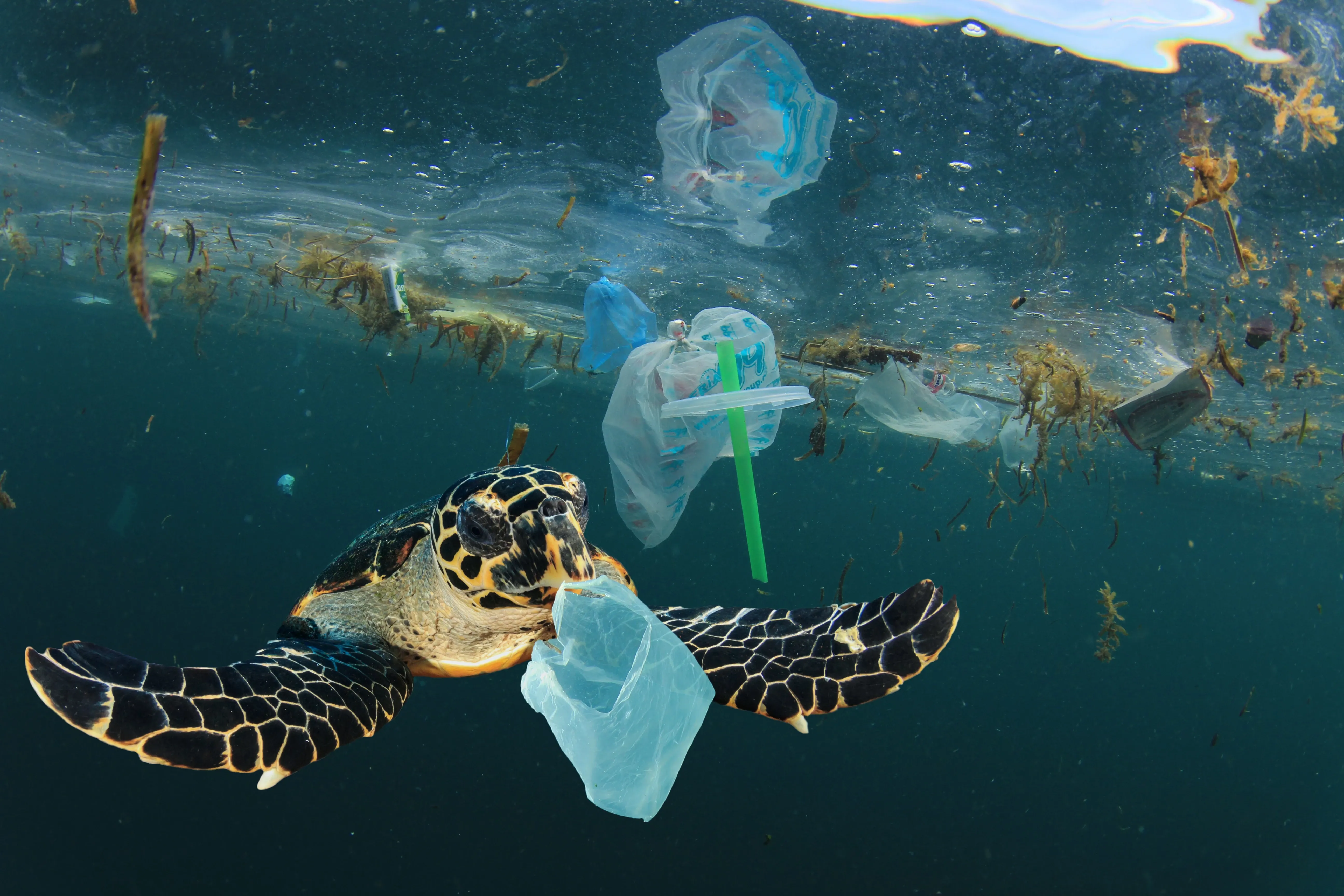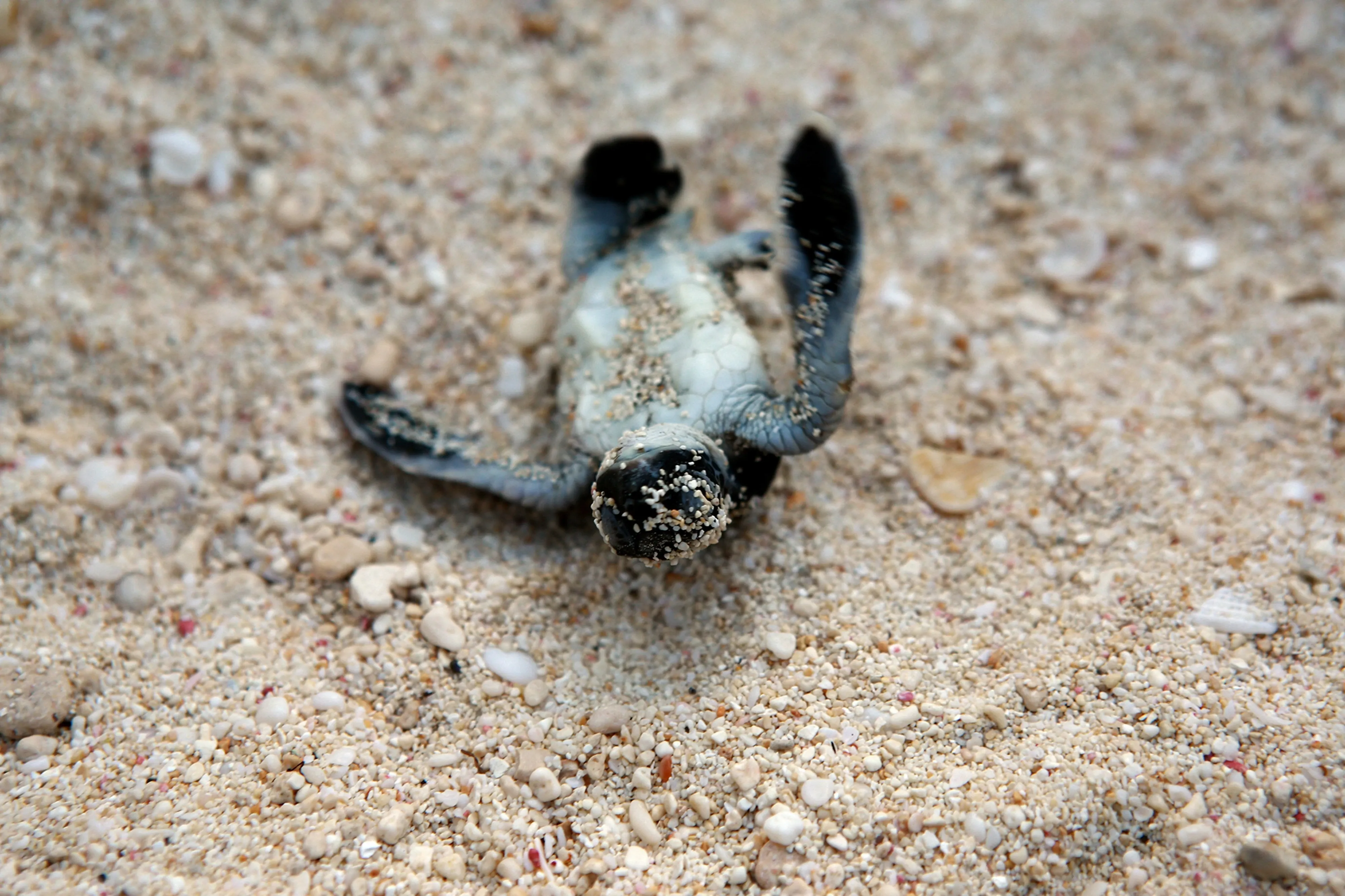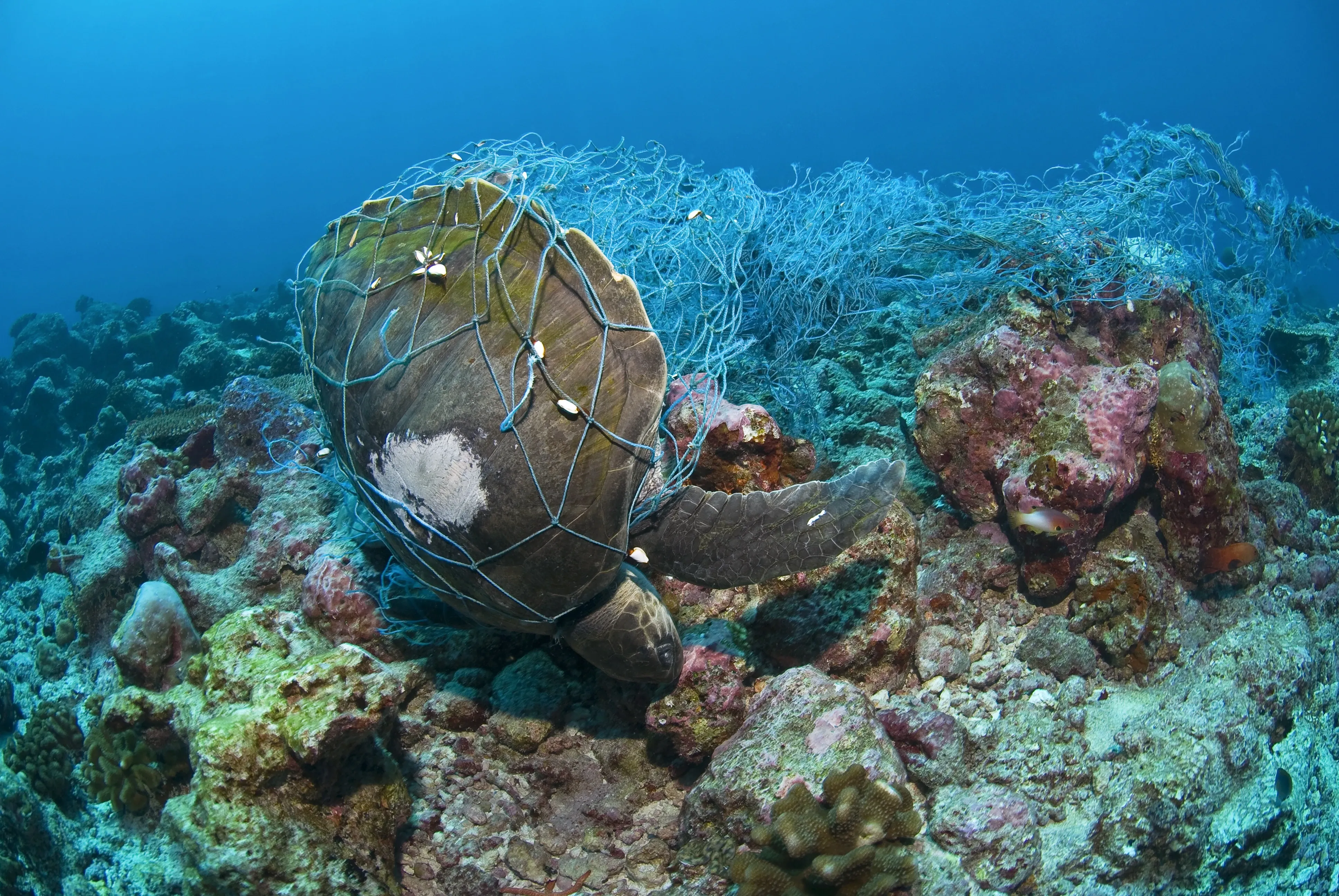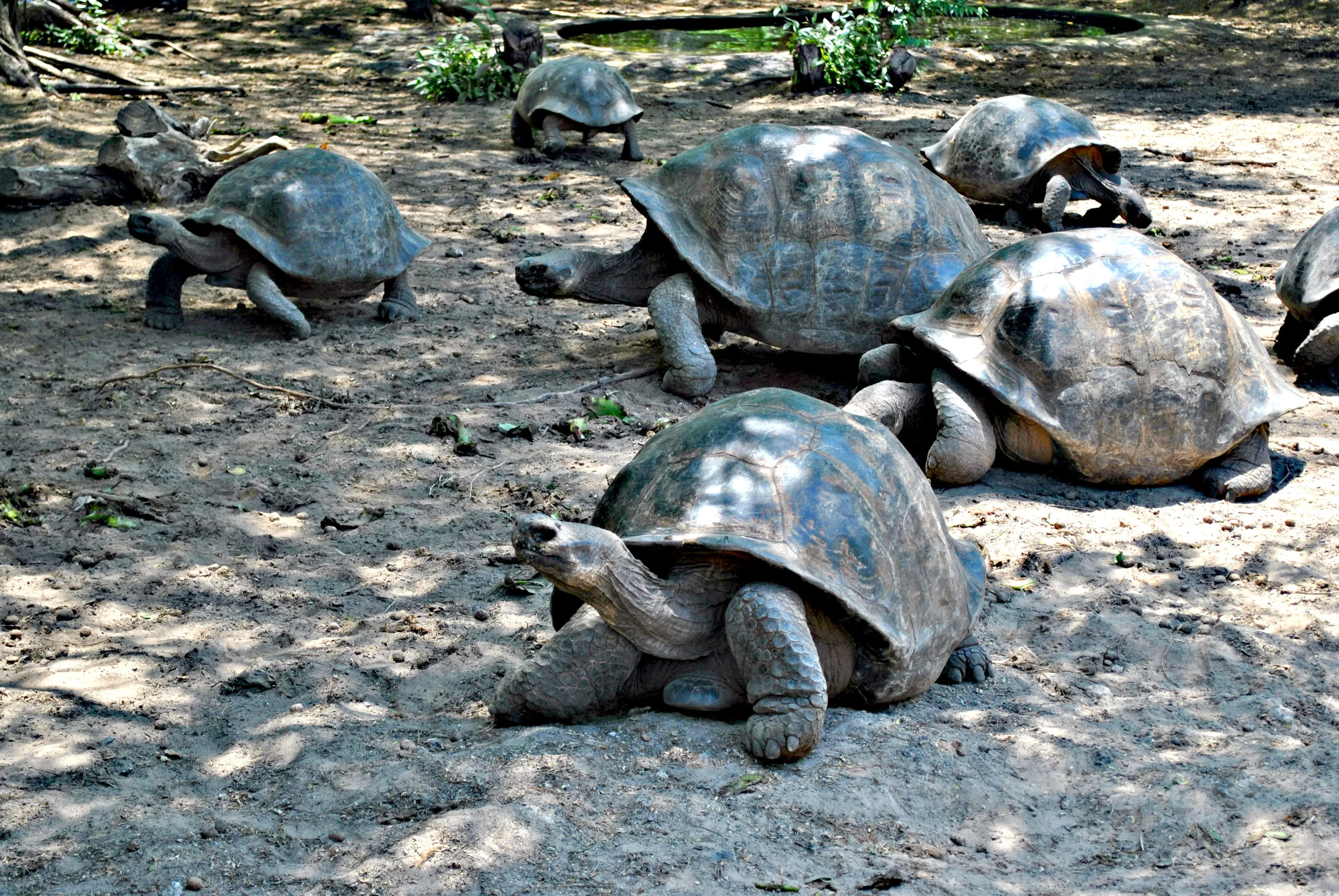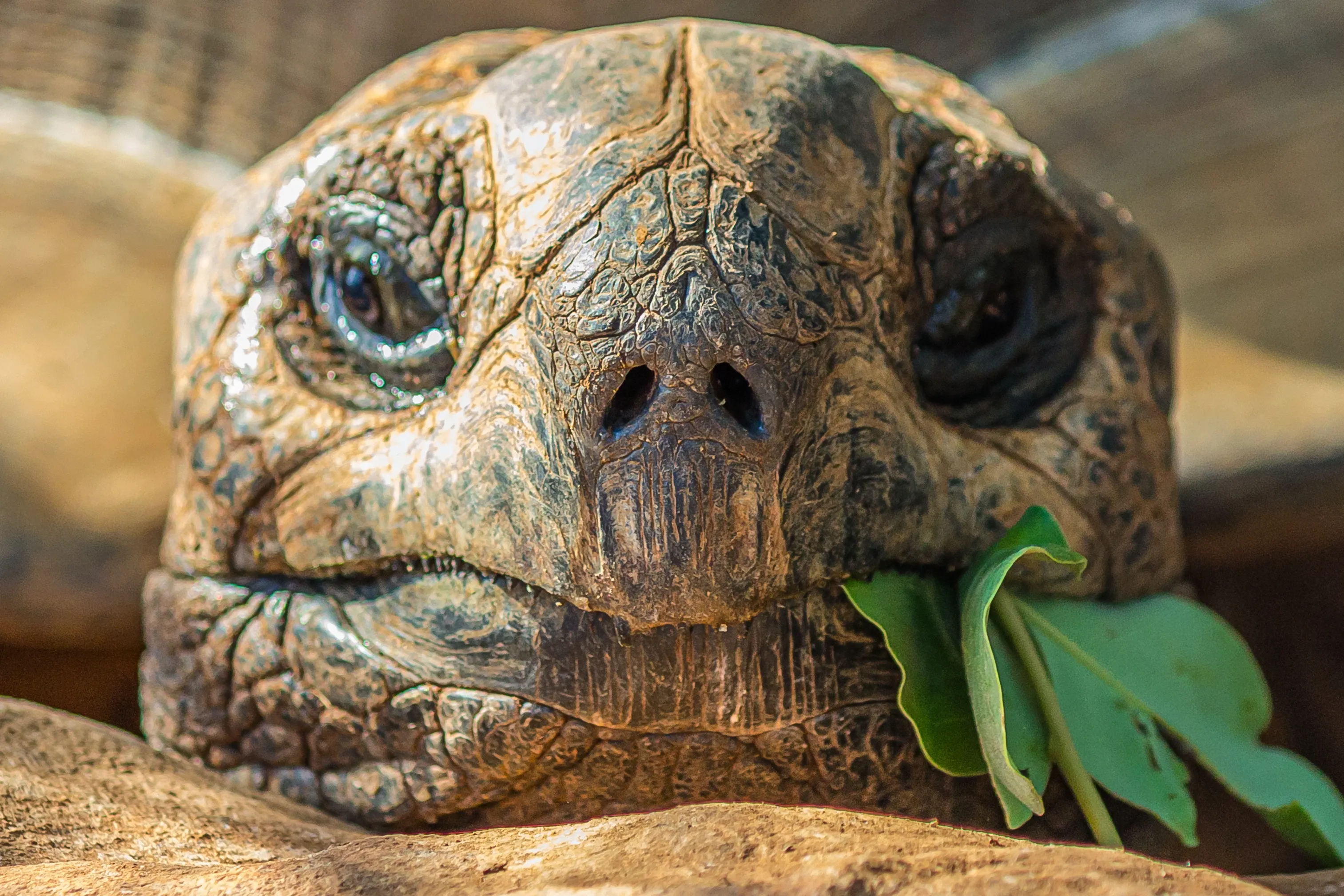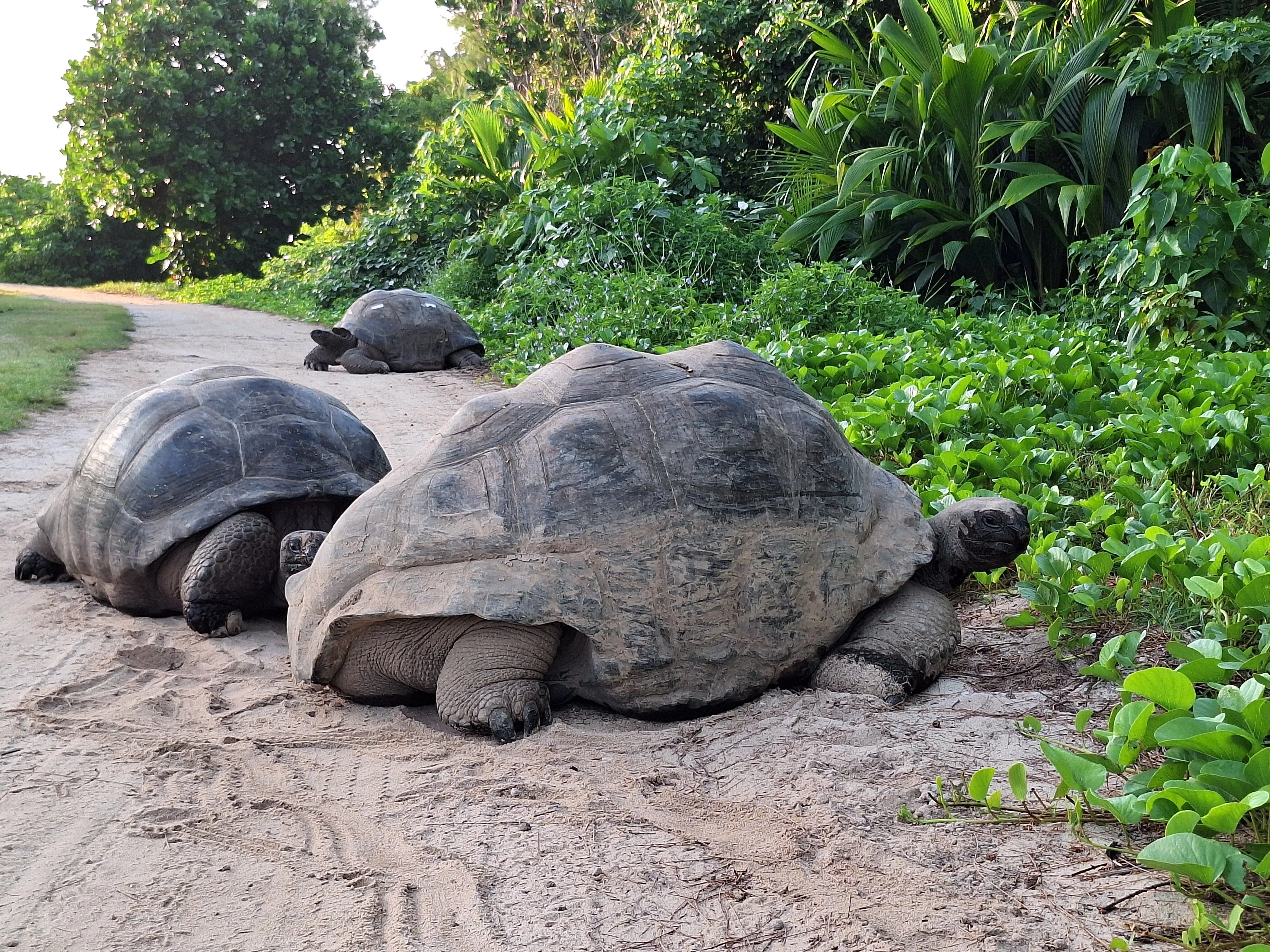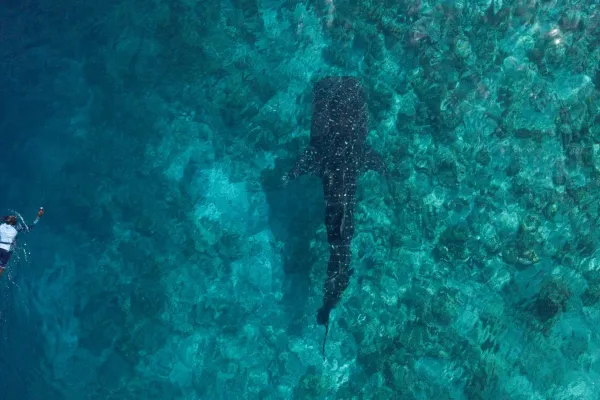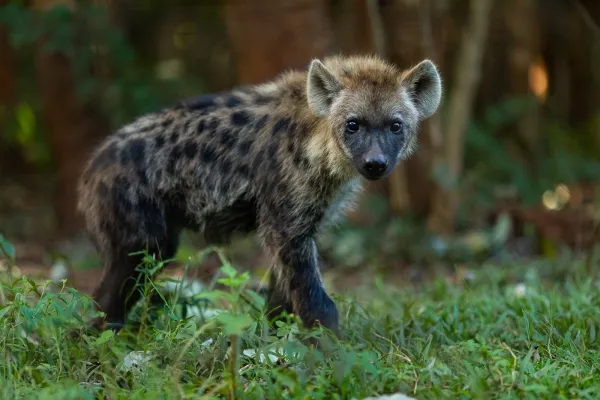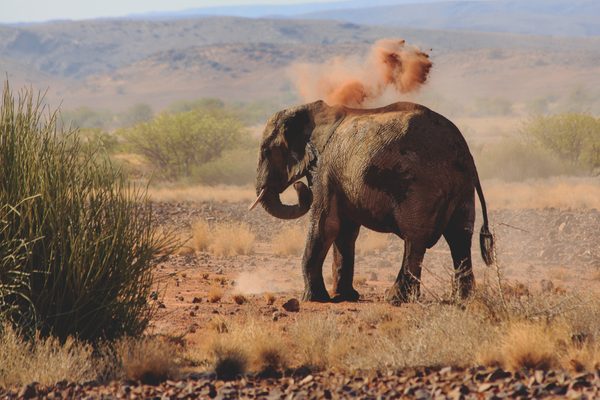Volunteering with turtles
Volunteering with sea turtle conservation offers a unique opportunity to immerse oneself in the preservation of these majestic marine creatures. From witnessing the mesmerizing sight of nesting turtles to contributing directly to hatchling releases, volunteers play a crucial role in protecting endangered species and their habitats.

Beyond the hands-on experience of monitoring nests and conducting beach patrols, volunteering provides an educational journey into sea turtle biology and conservation practices. It's a chance to connect with coastal ecosystems, learn from dedicated researchers and conservationists, and actively participate in global efforts to safeguard marine biodiversity. Whether you're passionate about wildlife conservation, eager to make a tangible impact, or simply captivated by the beauty of sea turtles, volunteering offers a fulfilling way to contribute to the health of our oceans and the future of these remarkable creatures.
Highlights of volunteering with turtles:
- Engaging in hands-on conservation activities like nest monitoring and beach clean-ups.
- Learning about sea turtle biology, behaviour, and conservation strategies from experts.
- Supporting local communities through eco-tourism and sustainable practices.
- Advocating for marine conservation and raising awareness in your own community.
What is unique about turtles?
Sea turtles are remarkable creatures with several unique characteristics that underscore their importance in marine ecosystems. They are ancient reptiles that have roamed the Earth's oceans for millions of years, surviving multiple mass extinctions. What sets them apart is their ability to navigate vast distances with remarkable accuracy using Earth's magnetic field, their long lifespans which can span several decades, and their role as keystone species in maintaining healthy coral reefs and seagrass beds.
Sea turtles also play a crucial role in nutrient cycling by transporting nutrients from oceans to beaches where they lay eggs, enriching coastal ecosystems. Furthermore, they are indicators of ocean health, as threats such as habitat loss, pollution, climate change, and poaching pose significant risks to their survival. By caring for sea turtles and their habitats, we not only ensure the preservation of a species with intrinsic value but also safeguard the health of marine ecosystems on which human communities are equally dependent.
Why we need to protect turtles?
Protecting sea turtles is crucial for several reasons. Firstly, sea turtles play a vital role in maintaining healthy marine ecosystems. They help control populations of jellyfish and other prey species, which in turn helps to maintain the balance of marine food webs. Additionally, sea turtles contribute to beach ecology by depositing eggs that help fertilize the dunes and provide nutrients for other organisms. Moreover, sea turtles are indicators of ocean health, meaning their presence or absence can indicate the overall health of marine environments.

Unfortunately, sea turtles face an increasing number of threats, including habitat destruction, pollution, climate change, illegal poaching, and entanglement in fishing gear. Coastal development disrupts nesting beaches, while consumption and illegal trade of eggs and meat threaten their survival. Plastic and marine debris pose hazards through ingestion and entanglement, affecting turtles at all life stages. Climate change exacerbates issues like sand temperature alteration, which leads to gender imbalances in hatchlings. Additionally, turtle shell trade targets species like hawksbills, further endangering their dwindling populations.
By conserving sea turtles, we not only safeguard marine biodiversity but also ensure the health of our oceans and coastal ecosystems. We must advocate for stronger regulations, support conservation initiatives, and promote sustainable practices to mitigate these threats.
»Every turtle counts. Each one, in its own way, teaches us about our shared responsibility to protect and preserve our oceans and marine life.«
How to save turtles?
Effective sea turtle conservation requires a combination of protective measures, such as safeguarding nesting beaches, reducing bycatch in fisheries, and combating illegal trade. Community involvement and education are also crucial in promoting awareness and fostering sustainable practices.
Supporting organizations dedicated to turtle conservation, participating in beach clean-ups, and advocating for policies that protect marine environments are ways individuals can contribute to saving these ancient mariners.
How to volunteer to help sea turtles?
Volunteering to help sea turtles is a rewarding way to contribute to their conservation. Start by researching reputable organizations that specialize in sea turtle protection and rehabilitation, such as Sea Turtle Conservancy or local wildlife centres. These organizations often offer volunteer programs that involve tasks like monitoring nesting sites, assisting with hatchling releases, and participating in beach clean-ups to reduce threats to turtles and their habitats.
Once you've identified a program that aligns with your interests and availability, prepare for your volunteer experience by familiarizing yourself with sea turtle biology and conservation practices.
By joining these efforts, you can make a tangible impact on sea turtle populations and their ecosystems while gaining valuable hands-on experience in wildlife conservation. This way you can contribute to the protection of this species and get educated about those special marine heroes.
»Turtles are living links to the age of dinosaurs.«
What do I need to know about volunteering with turtles?
Volunteering with sea turtles involves certain considerations to ensure a positive and impactful experience. Firstly, it's crucial to research and choose a reputable organization or program that aligns with your goals and values in conservation. Understand the specific duties involved, which often include beach patrols to protect nests, assisting with hatchling releases, and sometimes participating in research activities like data collection and tagging.

Prepare physically and mentally for outdoor work in potentially challenging conditions, such as hot climates or remote locations. Be ready to follow strict guidelines to minimize disturbance to the turtles and their habitats, which may include no-flash photography and maintaining a respectful distance. Lastly, volunteering with sea turtles requires a commitment to learning and adhering to conservation ethics, promoting sustainable practices, and educating others about the importance of sea turtle conservation.
How I can learn more about turtles?
Learning more about sea turtles can be an enriching journey that offers insights into their biology, conservation, and global significance. Consider joining local or international organizations that offer educational programs, volunteer opportunities, or field trips focused on sea turtle conservation.
Visiting aquariums, marine sanctuaries, or wildlife rehabilitation centers that house sea turtles can provide firsthand experiences and insights into their behavior and conservation challenges. Engaging with documentaries, books, and scientific publications about sea turtles also deepens understanding of their life cycles, habitats, and the threats they face. By actively seeking out these resources and experiences, individuals can cultivate a greater appreciation for sea turtles and contribute to their protection for future generations.
Reasons to volunteer with turtles
- Contribute to conservation efforts: Volunteering directly supports the protection and preservation of endangered sea turtle species worldwide.
- Hands-On learning experience: Gain practical knowledge about sea turtle biology, behavior, and conservation practices through active participation in fieldwork and research.
- Make a positive impact: Help ensure the survival of sea turtles by assisting with nesting site monitoring, hatchling releases, and beach cleanups to mitigate threats like pollution and predation.
- Promote environmental awareness: Engage in educational outreach initiatives to raise awareness about the importance of marine conservation and inspire others to take action in safeguarding sea turtle habitats.
Sign up for the newsletter
By clicking on “Subscribe now” I will subscribe to the Conscious Explorer newsletter with all the information about mindful travel. Information on the success measurement included in the consent, the use of the shipping service provider MailChimp, logging of the registration and your rights of revocation can be found in our privacy policy.
